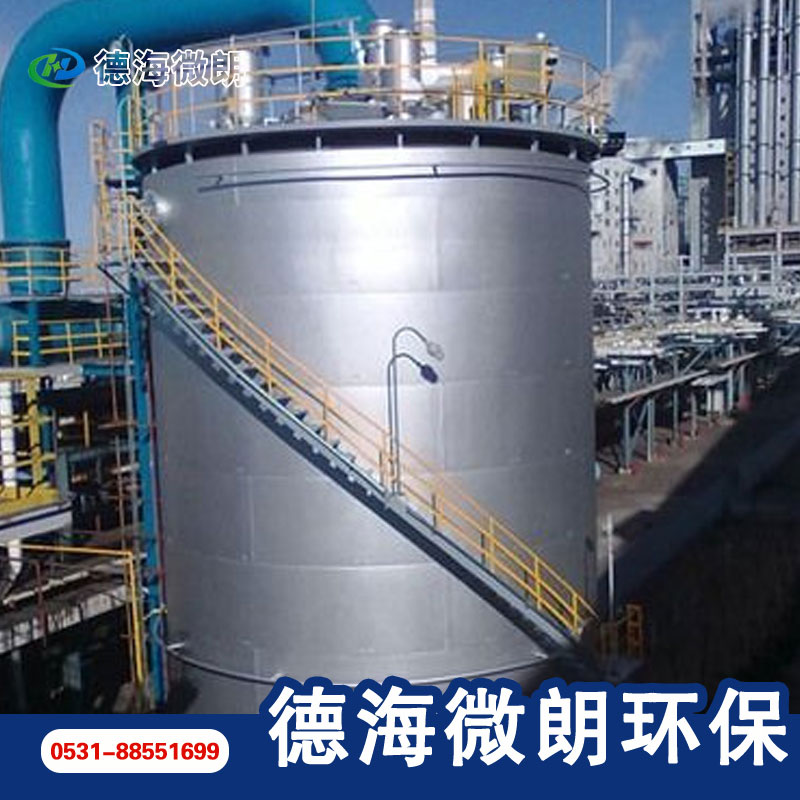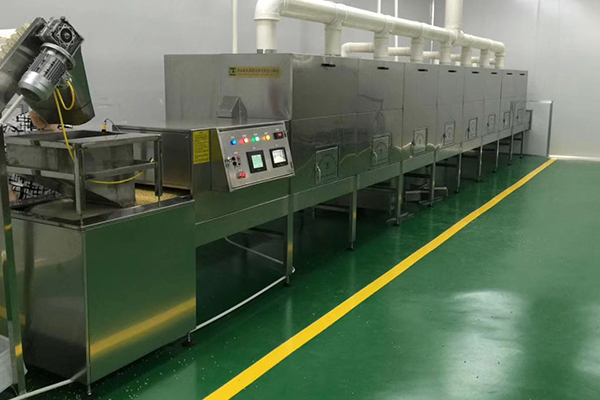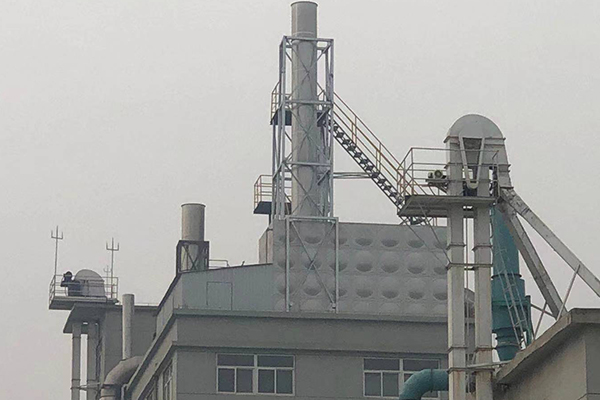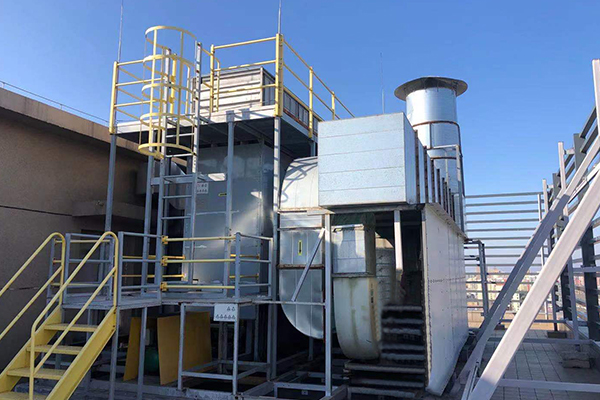
Microwave and ultraviolet water treatment equipment is a special form of material operation, which is a particle flow without connection. Each UV photon with a wavelength of 253.7 nm has an energy of 4.9 eV. When ultraviolet rays irradiate microorganisms, energy transfer and accumulation will occur, and the accumulation results in the inactivation of microorganisms, thus achieving the purpose of disinfection. When bacteria and viruses absorb more than 3600~65000uW/cm2, it has a strong destructive power to the DNA and RNA of bacteria and viruses, and can make bacteria and viruses lose their viability and fecundity, thereby eliminating bacteria and viruses, achieving disinfection and sterilization effect. On the one hand, ultraviolet light can mutate nucleic acids, hinder their replication, transcriptional blockade and protein synthesis; on the other hand, the generation of free radicals can cause photoionization, thus leading to cell death. Ultraviolet sterilization equipment manufactor The sterilization principle of the microwave ultraviolet water treatment equipment is to use the irradiation intensity of the ultraviolet lamp, that is, the irradiation intensity emitted by the ultraviolet sterilization lamp, which is inversely proportional to the distance of the irradiated disinfectant. production Ultraviolet sterilization equipment When the irradiation intensity is constant, the longer the irradiated disinfectant stays, the closer it is to the germicidal lamp, the better its germicidal effect, and vice versa. With strong destructive power, it can make bacteria and viruses lose their viability and reproduction, and then eliminate bacteria and viruses to achieve disinfection and sterilization effect.

The catalytic combustion equipment for waste gas treatment is mainly used as a supporting part of the catalytic bed electric heating oxidation combustion system in the CO/RCO adsorption+desorption+catalytic combustion system. It is widely applicable to the purification and odor elimination of hazardous waste gas volatilized or leaked from painting, printing, household appliances, footwear, plastics and various chemical workshops, and is suitable for low concentration (1501000) The organic waste gas that is not suitable for direct combustion or catalytic combustion and recovery treatment will be concentrated by activated carbon adsorption, and then the high concentration organic waste gas will be removed through the desorption procedure and sent to the unit for thermal oxidation reaction. The self heating effect of the organic waste gas catalytic reaction can greatly reduce the heat consumption of the electric heater, especially for the treatment sites with large air volume, Satisfactory economic and social benefits can be obtained. Application scope of exhaust gas catalytic combustion equipment: 1. Industrial applications: common pollutants discharged from petrochemical, light industry, plastics, printing, coating and other industries; 2. Waste gas type application: hydrocarbon compounds (aromatics, alkanes, olefins), benzene, ketones, phenols, alcohols, ethers, alkanes and other compounds; Features of catalytic combustion equipment for waste gas treatment: 1. Convenient operation: fully automatic control during operation. 2. Low energy consumption: during normal operation, the equipment operates at low power (or no power) because the exhaust gas has some concentration. 3. Stable performance: pressure relief and self protection, fire resistance and dust removal, over temperature alarm and automatic control. 4. Low resistance: honeycomb ceramic catalyst impregnated with today's advanced precious metal palladium and platinum has a large specific surface area. 5. Small floor area: only 70% of the same products in the same industry. 6. Long service life: the catalyst is usually replaced within 4 years

The gas of organic matter discharged from the workshop is subject to particle filtration and desorption after adsorption, and the high concentration organic waste gas from desorption is discharged after catalytic combustion. (The desorbed high concentration organic waste gas enters the catalytic chamber for catalytic combustion after heat exchange, and the discharged hot air desorbs and regenerates the adsorption bed and circulates in turn).

Microwave electrodeless ultraviolet sterilization equipment can destroy the molecular structure of DNA (deoxyribonucleic acid) or RNA (ribonucleic acid) in the cells of microbial organism by using ultraviolet light of appropriate wavelength, production Ultraviolet sterilization equipment Cause growth cell death and (or) regenerative cell death to achieve the effect of sterilization. The microwave electrodeless ultraviolet sterilization equipment should be one of the equipment in the system before the water returns to the aquarium. It should be preceded by biological and mechanical filters, as well as any chemical filters or heat exchangers in the system. Ultraviolet sterilization equipment manufactor Follow the manufacturer's installation instructions. Most devices use hose barb connectors to connect to the appropriate water pump, or are designed to allow additional connectors to be connected as PVC sliding fit or hose barb. To ensure microwave electrodeless ultraviolet sterilization



